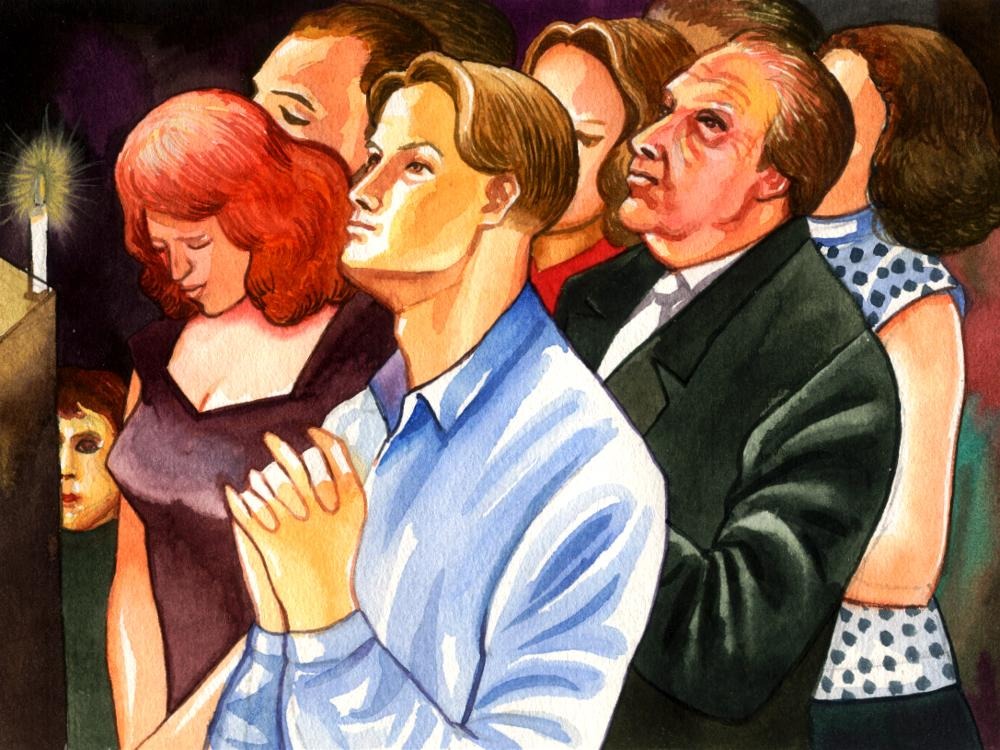Folks, the powers at be that are behind the Luciferian Babylon the Great New World Order Antichrist system are socially engineering our society away from the core values of God, family and country. This this article is evidence of the outcome of this.
Like thoughtless and naive lemmings, too many young people are allowing themselves to be indoctrinated with these new, unbiblical and ungodly societal norms that preach that there is no God, no ultimate accountability for one’s actions, that we’re all animals, and can act like animals (do anything we want when we want with few if any moral constraints). We’re watching the rise of neo-Baalism!
And no wonder! Most young people spend many hours each day at the leftist government indoctrination centers called public schools, then after that many spend a few more years at leftist indoctrination centers called colleges and universities, and when these young people aren’t at these places, they’re tuned to their leftist controlled new media, social media and entertainment sources. Where are they going to learn about God, country and family values? Nowhere!
Satan is laughing with glee, Elohim is weeping…But Elohim is in charge. Satan’s times is short. Messiah is coming. HalleluYah!
In the mean time, we must occupy until he comes and keep up the good fight of advancing the kingdom of Elohim one life at a time. Amein! — Natan
From Christian Today at https://www.christiantoday.com/article/belief-in-god-is-bottom-of-the-list-of-priorities-for-gen-z/133103.htm
Staff writer Tue 27 Aug 2019 8:10 BST

When it comes to what young Americans value most, religion trails far behind hard work, community and tolerance, according to new research.
A new study of Americans’ most cherished values by the Wall Street Journal and NBC News finds that for Gen Z – those aged 24 and younger – God is barely on the radar, with only a third saying it was important to them, compared to over half of the Baby Boomer generation.
The survey of 1,000 people found an overall decline in the value placed on religion, with only half saying it was very important to them, down from 62 per cent when a similar survey into American values was conducted in 1998.
For Gen Z, they were most likely to choose hard work, followed by tolerance for others and community involvement as their most cherished values.
In addition to religion, this age group was far less likely than others to value having children.
Out of the total surveyed, 43 per cent it was ‘very important’ to them to have children, a 16 per cent drop from 1998. But this was considerably lower within the 18- to 38-year-old age cohort where just over a third said having children was important to them. Within the over 55s group, this figure was much higher with more than half regarding it as important.
“There’s an emerging America where issues like children, religion and patriotism are far less important,” Republican pollster Bill McInturff, who conducted the survey with Democratic pollster Jeff Horwitt, told WSJ.
“And in America, it’s the emerging generation that calls the shots about where the country is headed.”
Recent research paints a mixed picture, though. A study conducted earlier this year by Barna found that Millennial non-Christians were more likely than older non-Christians to be interested in spiritual issues.
The ‘Reviving Evangelism’ study found that nearly three quarters of non-Christian millennials had at least one conversation about their religious beliefs with a close friend or family in the past year, far higher than among older non-Christians (52 per cent).
Nearly two thirds (64 per cent) said they had spoken about their beliefs with a Christian, compared with 44 per cent of older non-Christians and they were twice as likely to express a personal interest in Christianity (26 per cent against 16 per cent).






